Congratulations on the Successful Development of PCBWay's 24-Layer, 6-Order Arbitrary Interconnection HDI PCB
As the integrated circuit industry continues to evolve, the complexity of chip connections has significantly increased. Traditional PCB technology is struggling to meet the demands of high-frequency and high-speed applications. Ensuring stable and reliable interconnections between high-speed and high-density chips has become a crucial challenge in modern electronics.
Additionally, with the growing power consumption of chips, heat dissipation has become an even greater concern. An efficient cooling system is now essential to ensure the normal operation of these advanced semiconductor devices.
As a result, the emergence of interposer PCBs marks a significant advancement in PCB technology. These new types of boards are designed to overcome the limitations of traditional solutions and offer enhanced performance in complex chip integration scenarios.
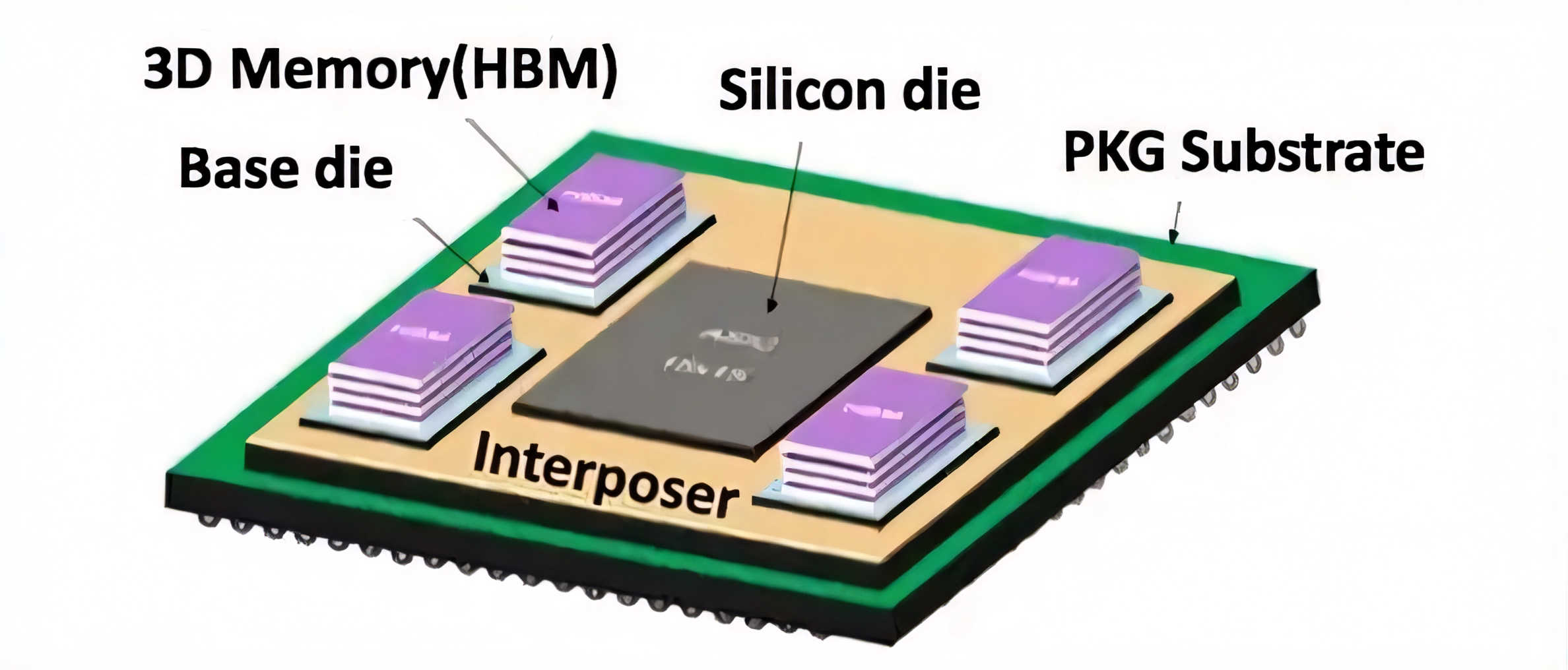
An interposer PCB is a highly precise, high-layer, and flexible HDI (High-Density Interconnect) board that acts as an intermediary layer for connecting different electronic components. It provides electrical connectivity through pad leads and connects with the chip's micro bumps (uBump) and internal routing. The intermediate layer uses through-silicon vias (TSV) to link upper and lower layers, enabling more compact and efficient designs.
The design of interposer PCBs features inner layers connected to outer layers via laser microvias and dense routing, resulting in a multi-layer structure with BGA connections on the top and pad connections on the bottom.
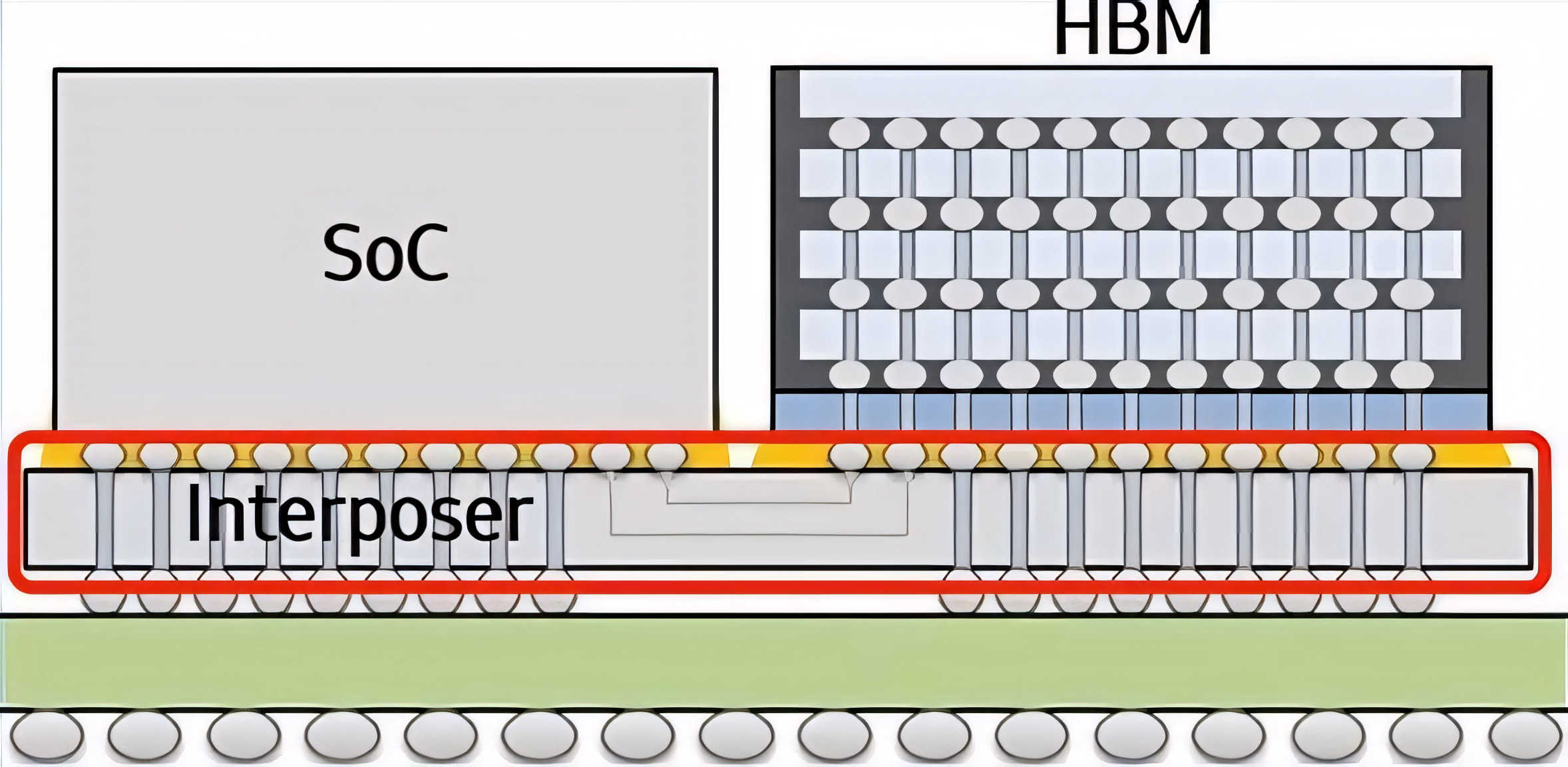
Interposer PCBs play a vital role in enhancing the performance of integrated circuits. They offer higher connection speeds and reliability, allowing for short-distance, high-density connections between chips and significantly improving data transmission rates.
Moreover, they help address signal integrity and power consumption issues by reducing signal path lengths and minimizing losses. The interposer layer also contributes to thermal management, effectively lowering chip temperatures.
Finally, interposer technology enables seamless integration of heterogeneous chips, allowing different functions to be combined on a single platform and boosting overall system performance and efficiency.
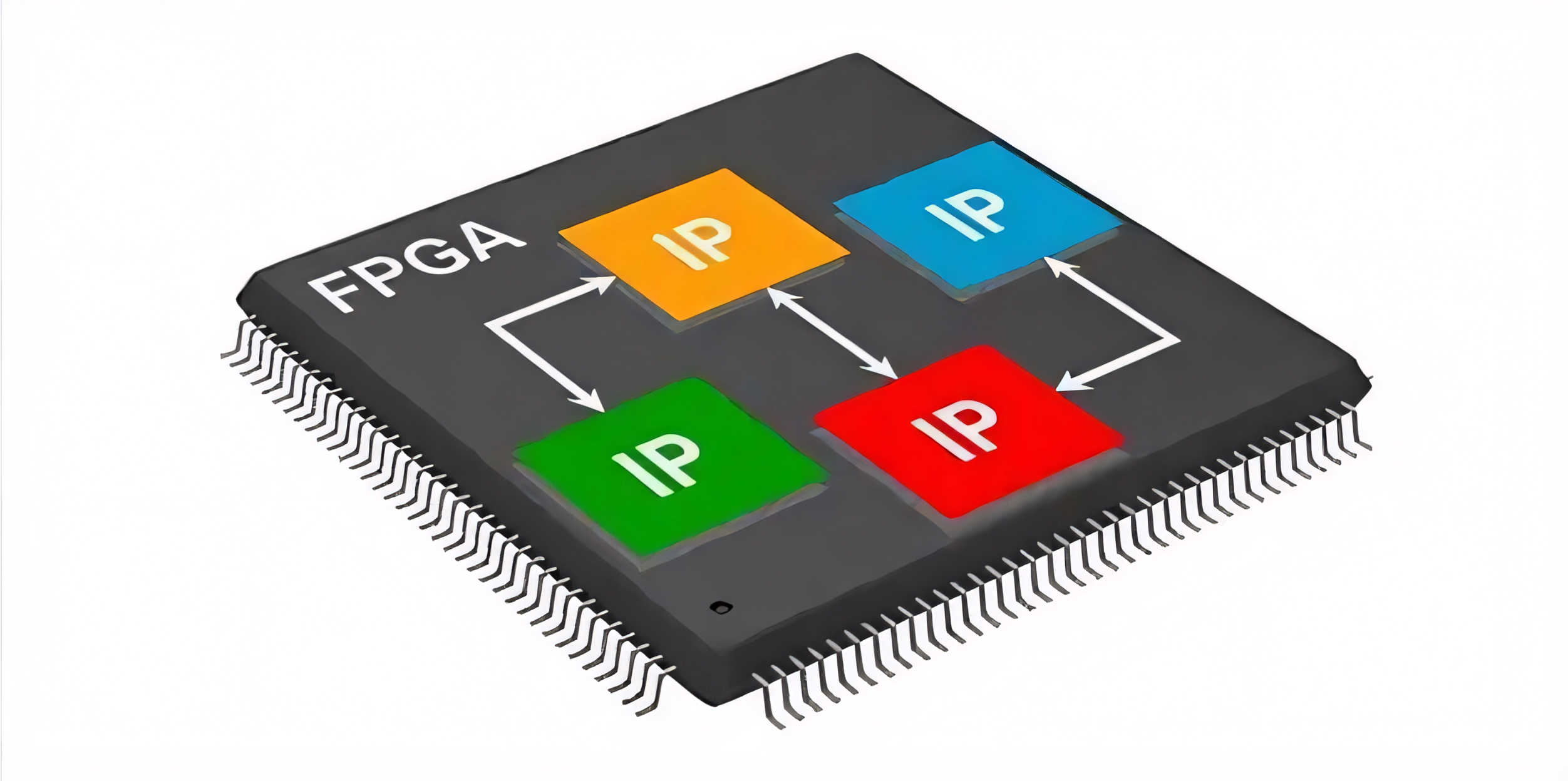
In various fields such as high-performance computing, artificial intelligence, data centers, and telecommunications, interposer PCBs are becoming increasingly important. In high-performance computing systems, they enable the connection of multiple processing units, expanding computational capabilities. In AI applications, they improve the speed of neural network training and inference. In data centers and communication systems, they support faster data transfer and higher bandwidth, meeting the needs of big data and high-speed communication.
As a leading manufacturer of high-end HDI PCBs, PCBWay continuously innovates to meet evolving market demands. Our research team has successfully developed high-layer, high-order arbitrary interconnection interposer PCBs, overcoming key technical challenges.
Below, we present the details of this high-precision product using a 24-layer, 6-order Anylayer HDI PCB as an example.
1. Product Parameters
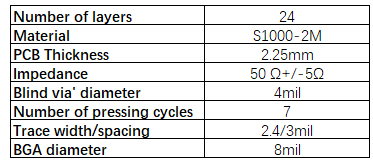
2. Product Structure
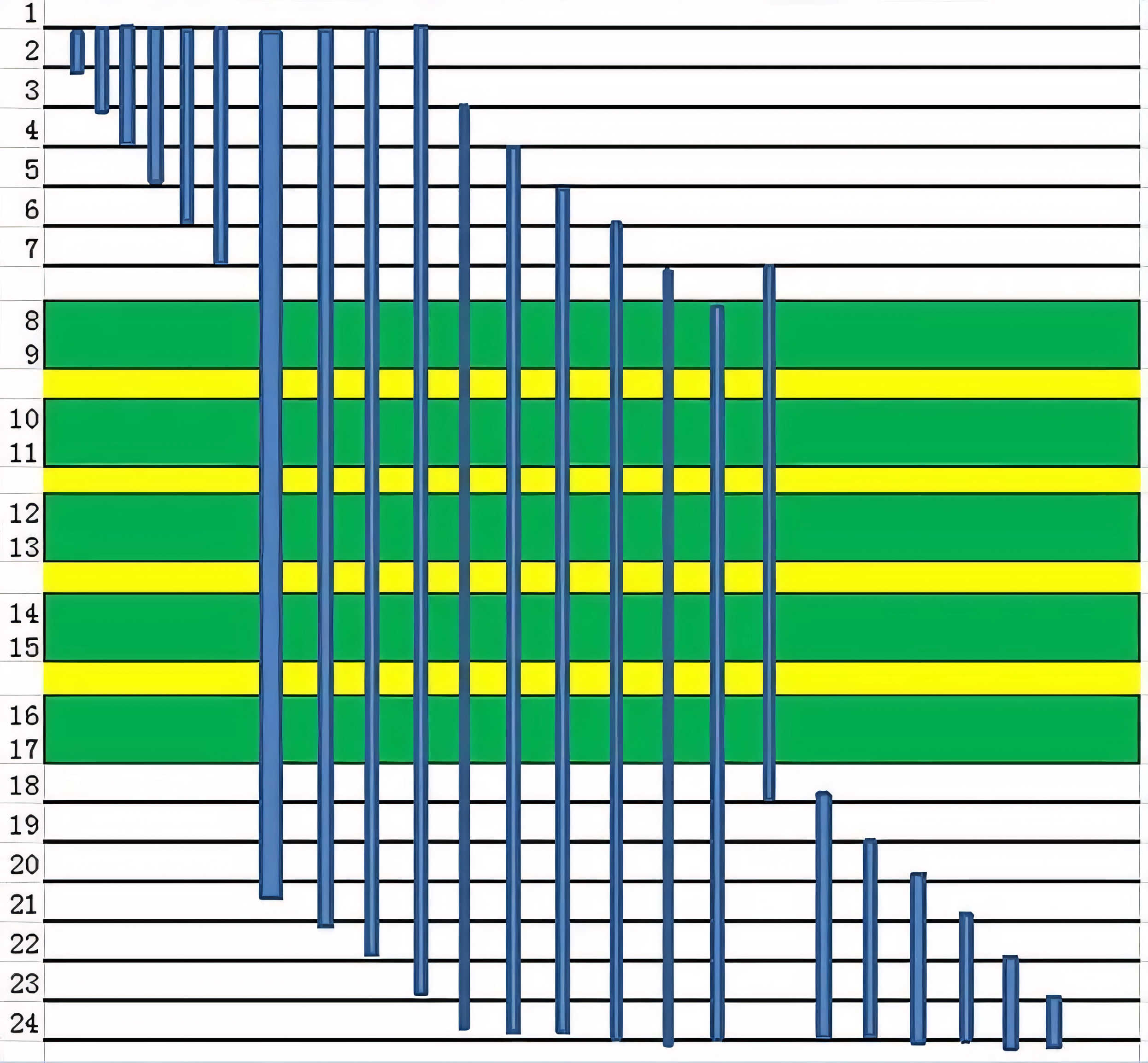
3. Technical Challenges
Challenge 1: The buried via thickness from L7 to L18 is 1.0 mm, with a mechanical hole diameter of 0.1 mm, resulting in a 10:1 aspect ratio, which makes drilling extremely difficult.
Challenge 2: The BGA pitch is 0.35 mm, and the distance from the hole to the conductor trace is only 0.13 mm, making alignment during multiple laminations very challenging.
Challenge 3: The trace width and spacing are 2.4 mil and 3 mil respectively, with a highly dense routing layout. Below are some examples of the routing design.
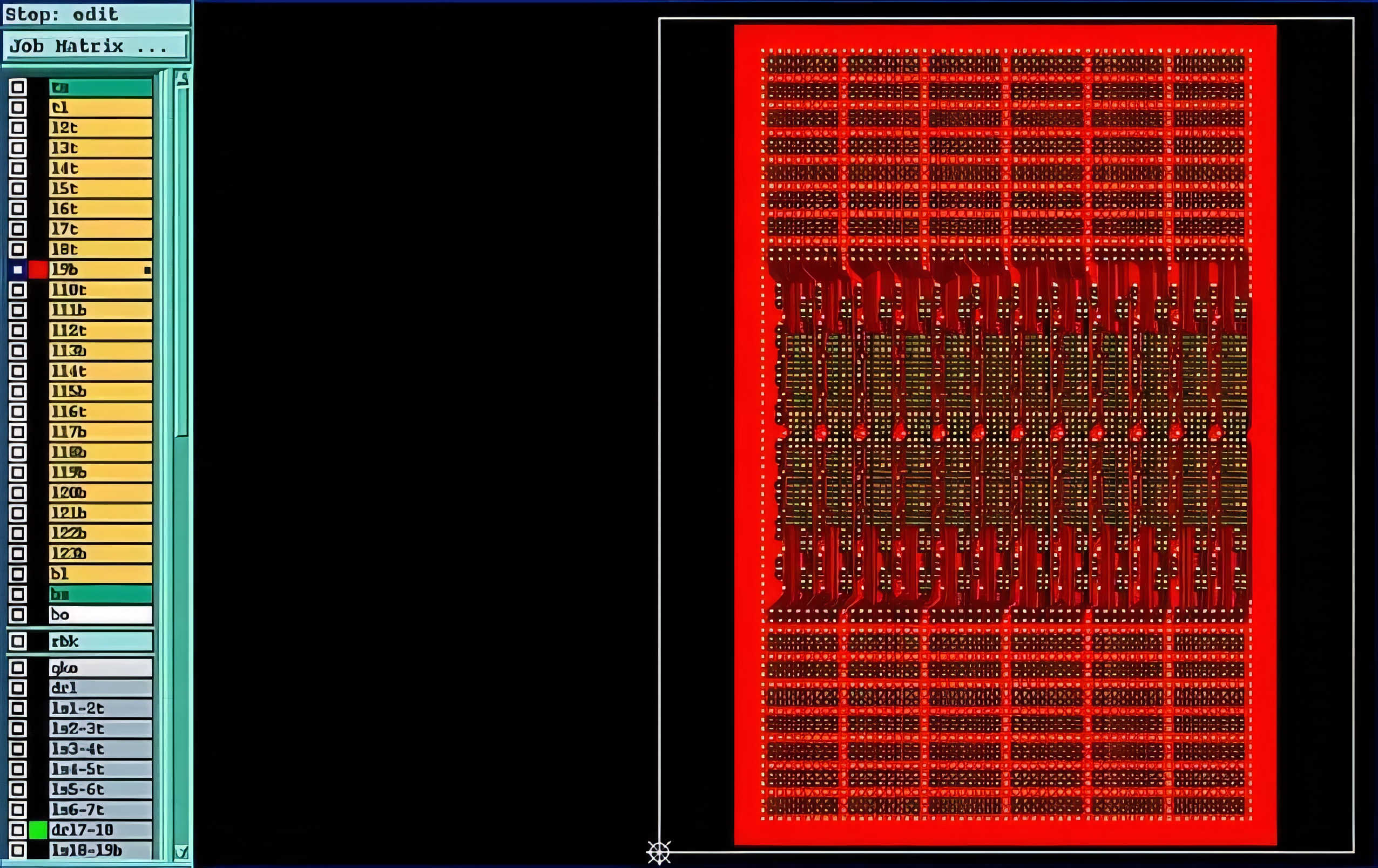
4. Finished Product Images
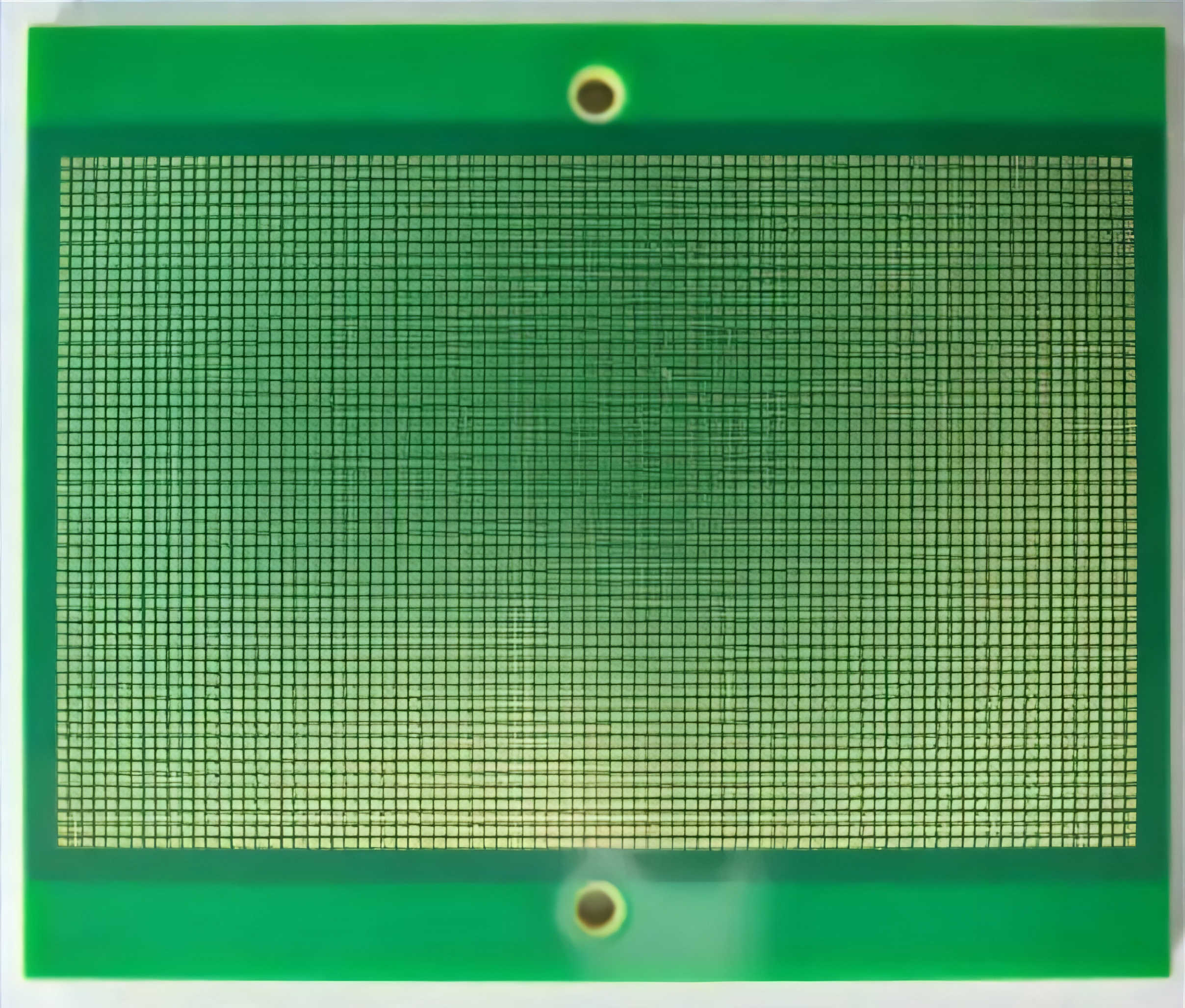
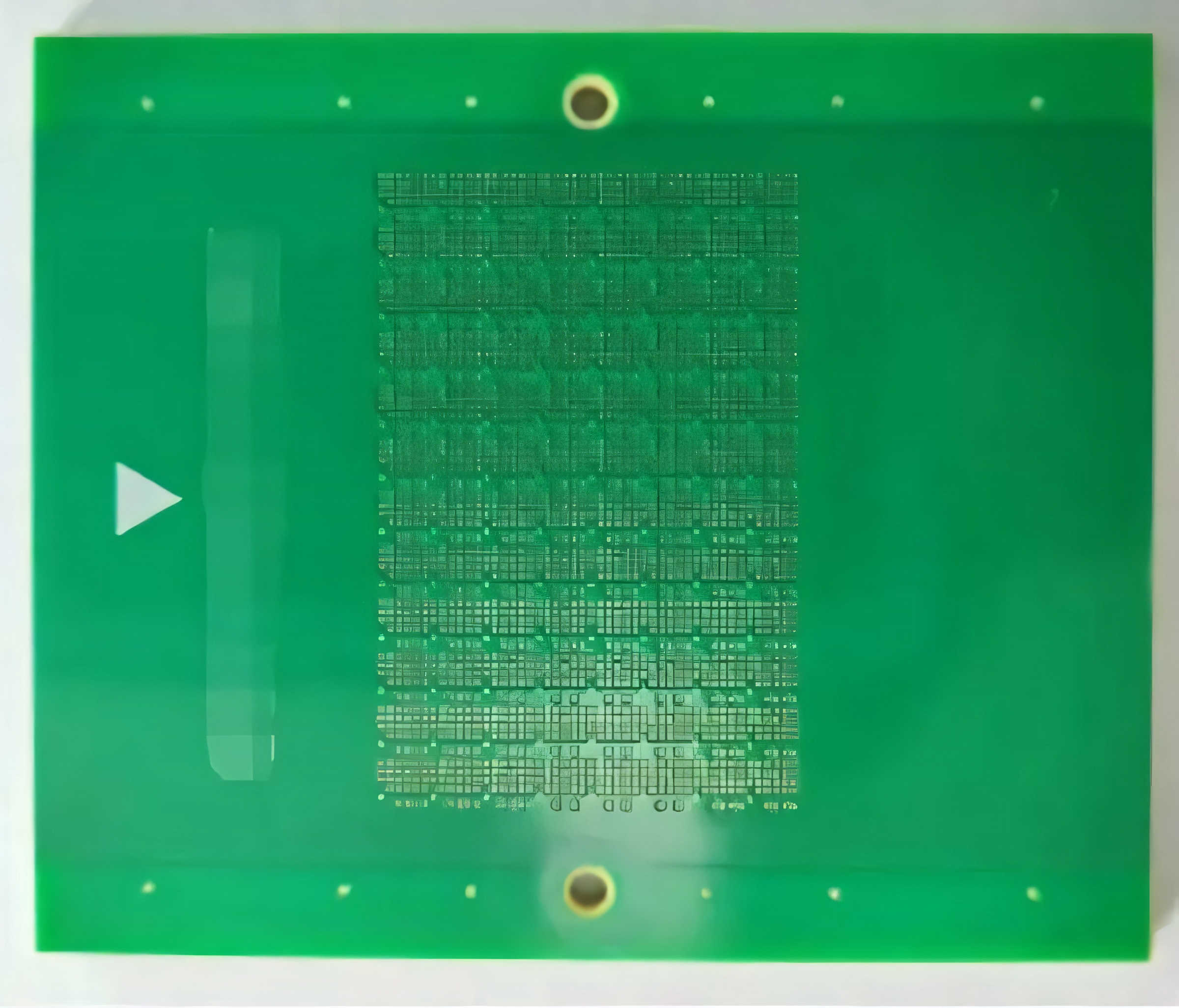
Plain Brass Tube,Seamless Brass Round Tube,C26200 Tube,Alloy Seamless Tube
TAICANG CITY JINXN COPPER TUBE CO.,LTD , https://www.jinxincopperpipes.com